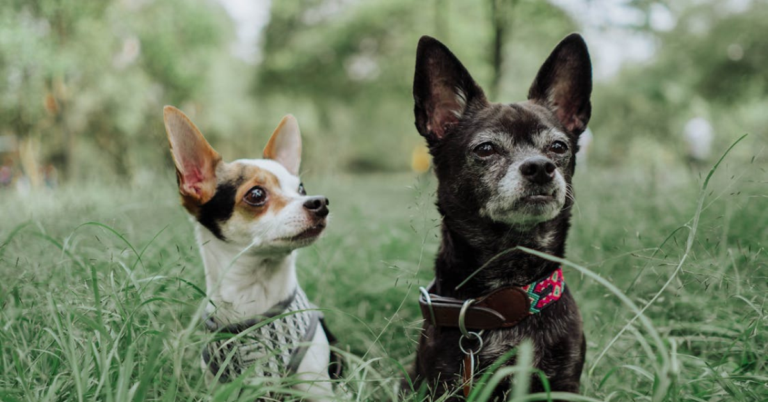15 Steps to Mastering Off-Leash Training and Etiquette
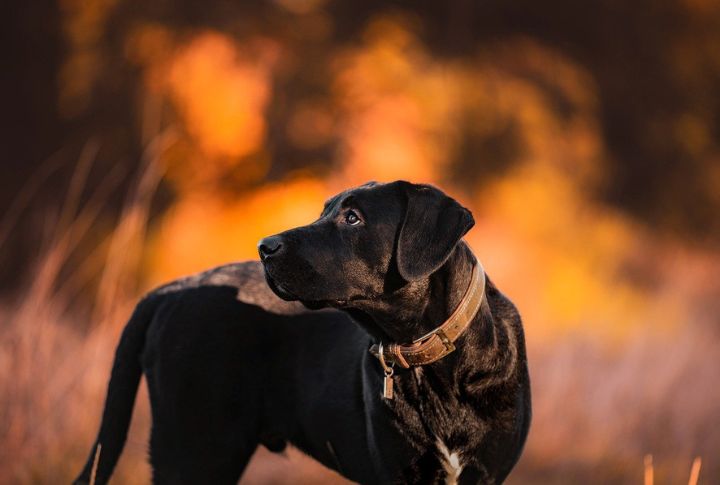
When your dog learns to walk calmly beside you while on a leash, it makes your outings more free and enjoyable. However, they might sometimes get triggered by cars, strangers, and other pets and runoff. So, how do you keep your dog well-behaved while off a leash? Lucky for you, we have compiled a list to help you understand how to prepare your dog for off-leash activities and essential off-leash etiquette.
Understanding Your Dog’s Personality
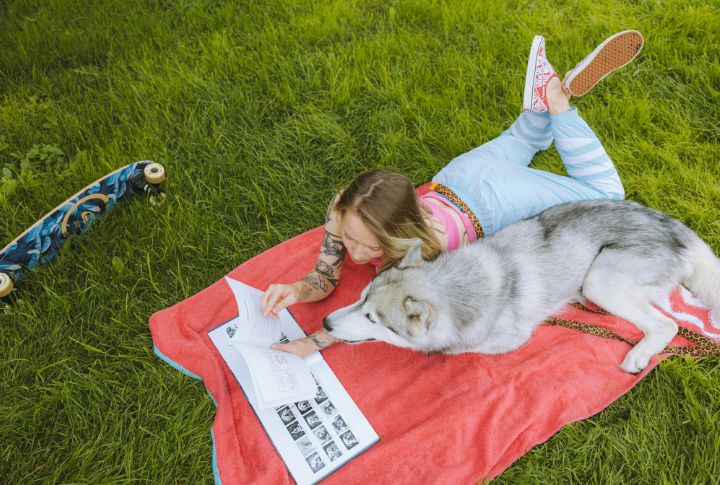
Every dog has a unique personality, which influences how it behaves off-leash. Some dogs are naturally social and love interacting, while others may be more reserved or reactive. Before taking your dog off-leash, observe its behavior in different situations, taking note of where a leash is necessary and where it’s not.
Training for Off-Leash Behavior
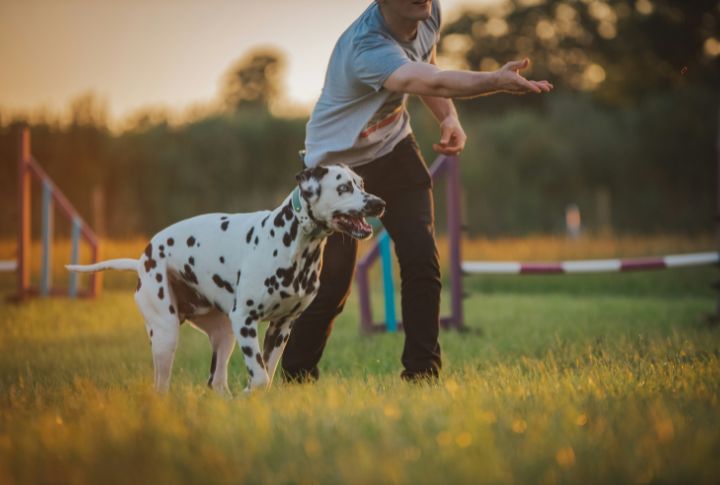
A well-trained dog could respond efficiently to commands and behave appropriately in social situations. Start with basic commands like “sit,” “stay,” and “come” in a low-distraction environment, and then slowly try it in other spaces. Remember, regular training is the only way to instill good habits.
Practice Recall with Distractions
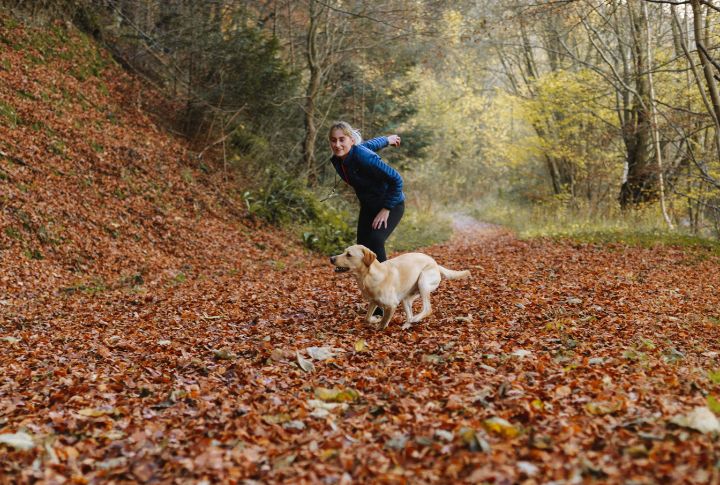
Once your dog reliably responds to the “come” command, it’s time to practice in more stimulating environments. Set up scenarios with various distractions—other dogs, people, or toys—and use the “come” command. This training teaches your dog to focus on you despite outside temptations.
Be Patient During Training
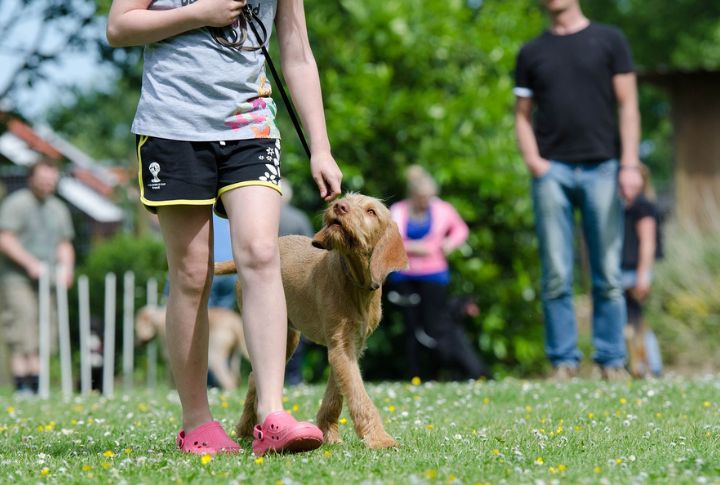
For successful training sessions, you have to be patient. Each dog learns uniquely, often taking time to master new skills. So, embrace the process—acknowledge small successes and remain calm during hiccups. Your patience nurtures trust and creates a safe environment where your dog can thrive.
Choosing the Right Environment
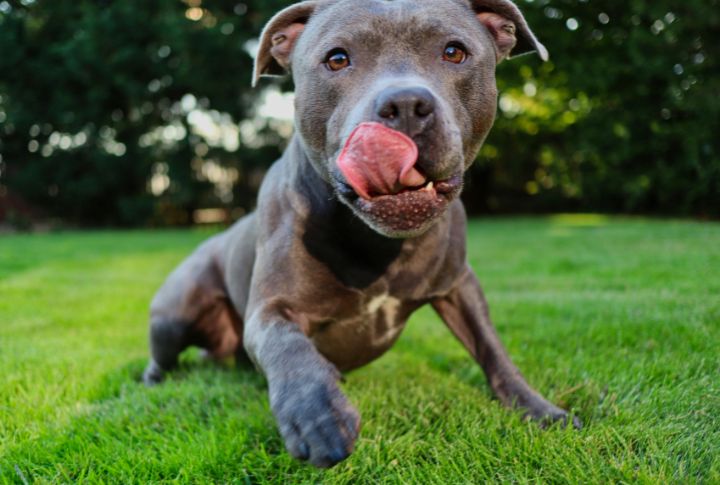
Not all environments are suitable for off-leash activities—some are okay, others not so much. The best spots for off-leash play are designated dog parks, open fields, or safe, fenced areas where dogs can play freely. The location should be free from dangers, like a busy road, wildlife, or aggressive dogs.
Responding to Distractions
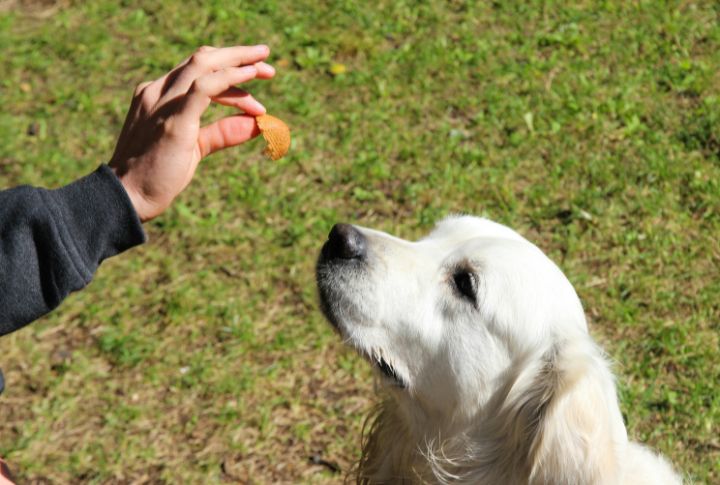
Dogs are easily distracted by various stimuli, such as squirrels, other dogs, or loud noises. When off-leash, preparing for these distractions is essential by acclimating your canine using commands like “don’t.” Train your dog to focus on you, using treats or toys to redirect their attention.
Managing Interactions

Mastering polite greetings is essential when encountering other dogs or people. It is better to seek permission before letting your pet approach others. Moreover, instruct your dog to sit before the meet and greet to prevent overexcitement. If tensions arise, calmly redirect your dog and move on.
Keeping Your Dog in Sight
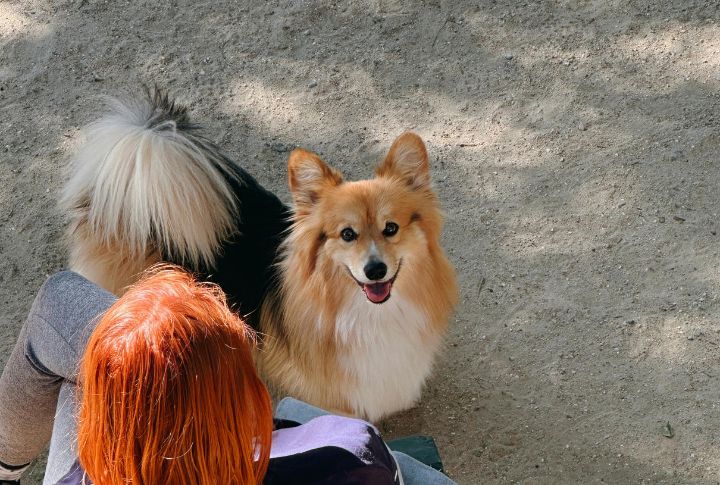
While letting your pet roam freely is tempting, keeping it within your sight is essential. Constantly watching over them can help you determine changes in behavior and anticipate how they react to potential issues. This way, you can prevent an attack.
Use Personalized Pet Tags
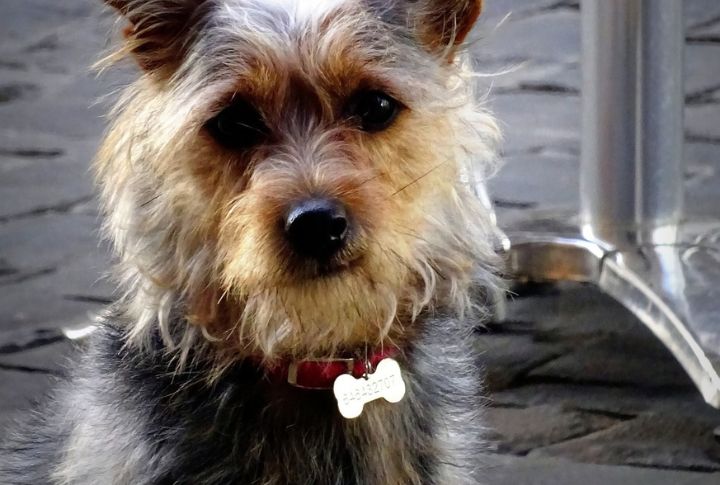
Ensure your dog’s collar has all the required information, including your contact details. Microchipping is another additional safety measure. For tech-savvy pet parents, GPS-enabled collars offer real-time tracking, and you can always see your dog’s movements. These also come in handy when your pup wanders off.
Off-Peak Dog Park Visits
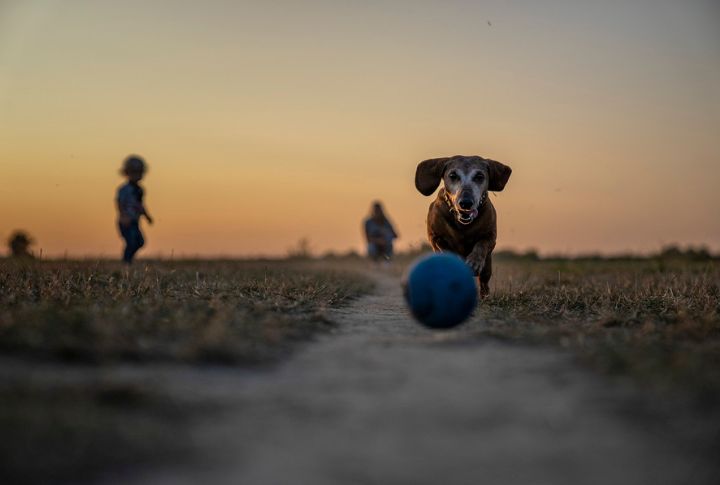
To enjoy a stress-free off-leash experience, consider visiting dog parks or designated areas during off-peak hours. During these times, there are fewer crowds, meaning fewer distractions for your dog and a more relaxed atmosphere for you. Early mornings or weekdays often provide a quieter environment.
Cleaning Up After Your Dog
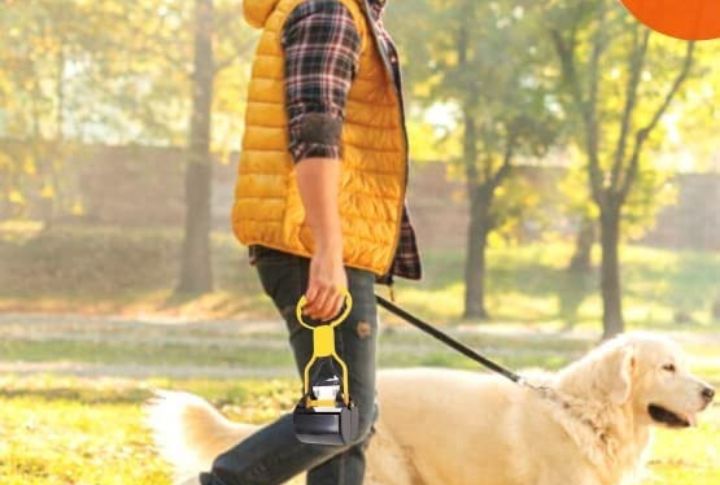
As a responsible pet parent, you must clean up after your pet whenever they relieve themselves number two. Always carry waste bags when heading out for an off-leash adventure. This keeps the area clean and shows respect for other pet owners and the environment.
Learn About Local Leash Laws
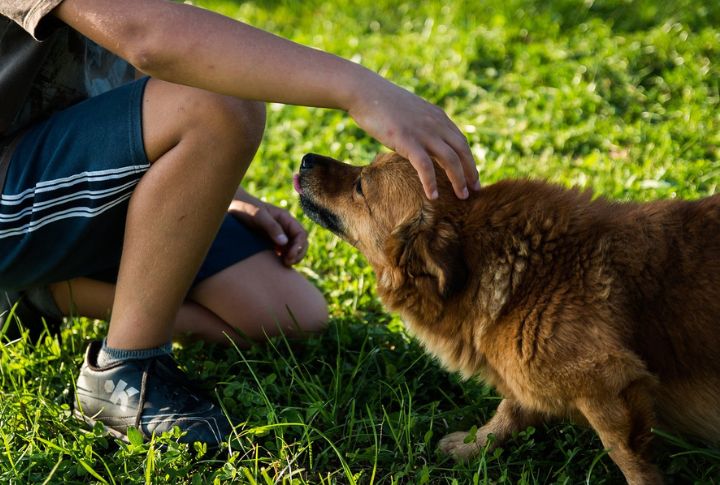
Some areas may have designated off-leash zones where dogs can run freely. These spaces are typically established in parks, beaches, or nature trails, allowing dogs to socialize and exercise in a controlled environment. Knowing the correct locations can enhance your dog’s freedom.
Respect Wildlife and Livestock
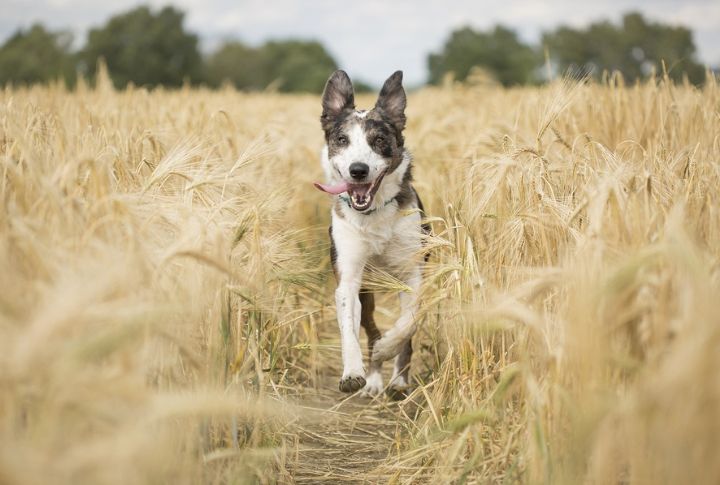
Off-leash areas often share space with local wildlife or farm animals. Train your dog to ignore or calmly observe these creatures from a distance. A dog chasing wildlife can disrupt ecosystems, stress animals, and even put your canine in danger.
Know When to Leash Your Dog
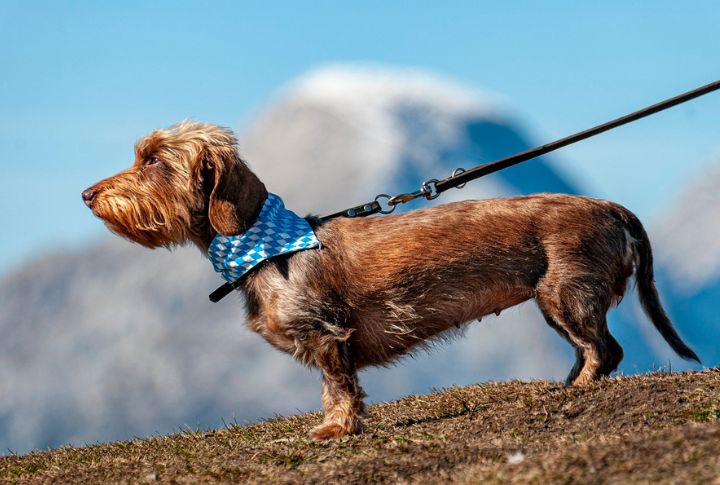
Even the best-trained dog may need to be on the leash unexpectedly. It could be due to an unpredictable situation or encountering unfamiliar dogs or animals. Therefore, always carry a leash and be prepared to leash your dog when needed.
Handling the Unexpected
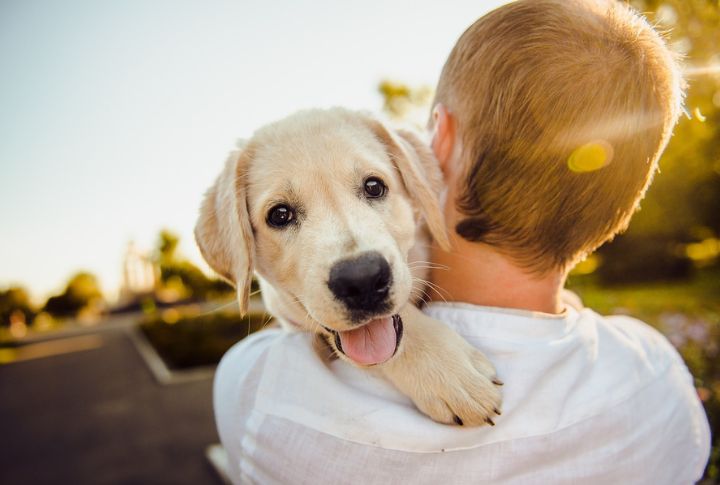
No matter how well-prepared you are, surprises can happen. Stay calm and confident if you encounter aggressive dogs, startled wildlife, or unforeseen hazards. Your energy influences your dog’s reaction—practice scenarios at home so you can react swiftly and effectively.
